By Anne Telford
No less a consumer of alcohol than Ernest Hemingway said of wine:
“Wine is one of the most civilized things in the world and one of the most natural things of the world that has been brought to the greatest perfection, and it offers a greater range for enjoyment and appreciation than, possibly, any other purely sensory thing.”
― Ernest Hemingway
― Ernest Hemingway
Photographer Leigh Beisch’s collaboration with wine and restaurant blogger Alder Yarrow came through a cookbook referral from noted San Francisco chef and consultant to the restaurant and food industries, Joyce Goldstein. “He wanted someone to partner with for the blog. He’s very articulate and elegant. The way he spoke about my work made me feel like I’d be partnering with someone who understood my work,” Beisch explains.
Yarrow’s highly regarded blog, Vinography® details his opinions and insights on “Wine and food adventures in San Francisco and around the world”. Vinography.com has been published daily since 2004, and he was nominated for a James Beard Award in 2013.
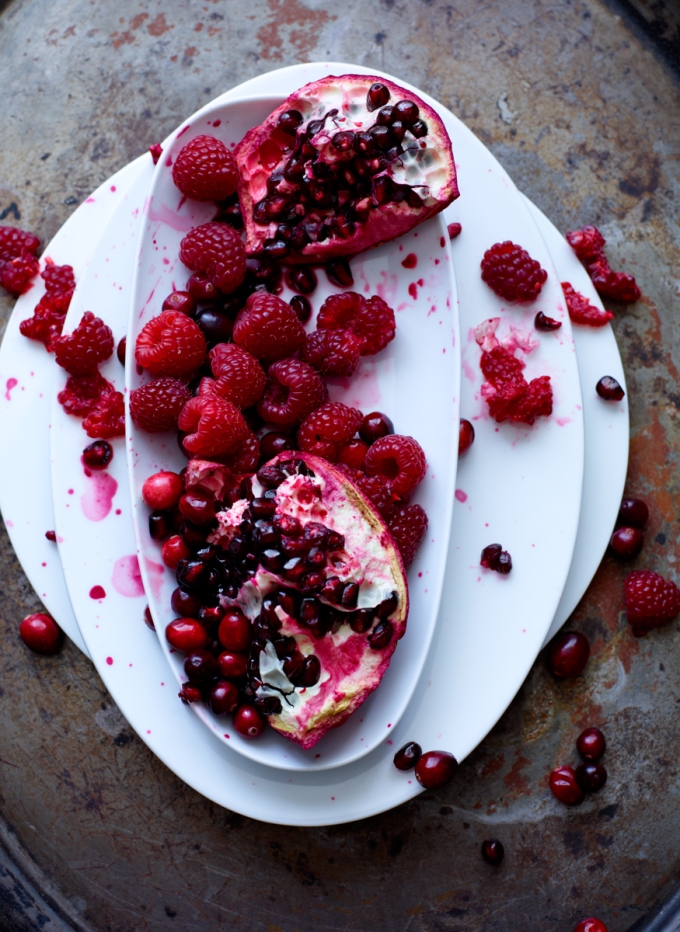
Together Yarrow and Beisch collaborated on a wine book that is startlingly unique. To round out the project, Sara Slavin, who frequently collaborates with photographers, designers and publishers on editorial projects, and has co-authored numerous books. Sara was brought in as an art director/stylist. “We have similar feelings about work. We view our jobs as not just jobs but work we are passionate about,” Leigh says. “Sara put in a lot of leg work, we tried to create photography that went beyond the expected shot of these flavor essences of wine. We tried to capture that taste, that aroma.”
Winner of the 2015 Chairman’s Prize at the Louis Roederer International Wine Writers Awards, The Essence of Wine Celebrating the Delights of the Palate is both a comprehensive wine guide, coffee table opus, and an art book so beautifully photographed and styled that one can almost smell the delicious aromas arising from its pages. In fact, the book contains an aroma card that tells the story of wine’s flavors. The Essence of Wine is divided into four groups of the “sensory panoply” wine offers: harvest, garden, terrain, and kitchen, providing inspiration and guidance for Beisch’s approach.
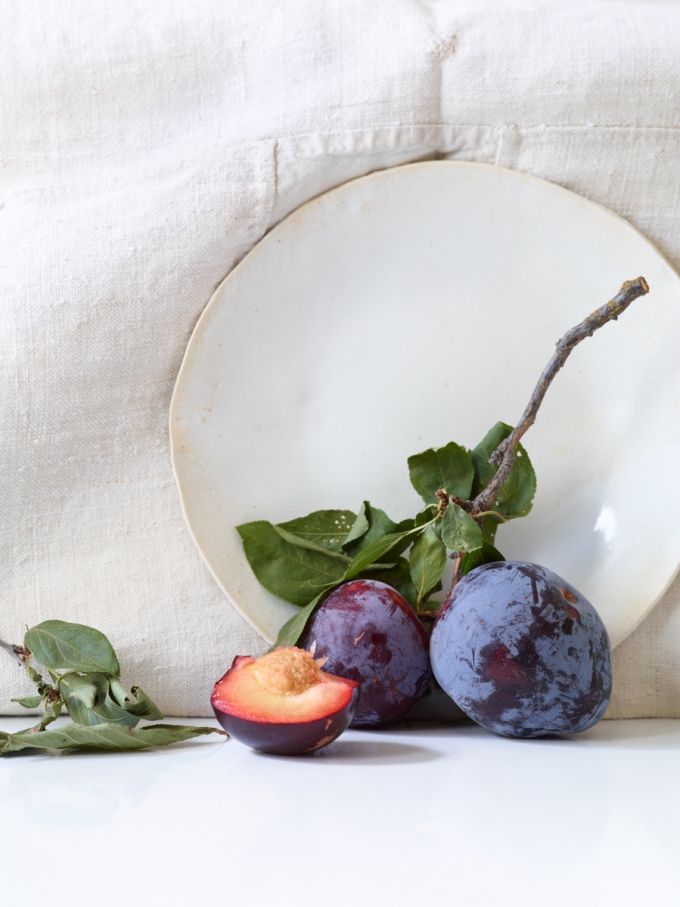
“I wanted it to be a fusion, something that is personal as well as a product for clients. It pushed the boundaries, but was a commercial project in some sense,” she says of the long-term project. “Wine is an artistic form in and of itself. Alder brings all the passion that goes into wine,” she adds, and she brought the passion of a fine artist to the project. Trained as a painter, Beisch’s work is sensuous and rich, often appearing more like a painting than a photograph, and always impeccably styled with a light, but sure touch.
“Due to my thesis work at RISD [Rhode Island School of Design], I have been trained to think about how and why I do things,” she explains. “A lot of it stems from being a female artist as well. I allow my emotional response to what I’m photographing play into how I’m photographing it. Food is an emotional experience. Rather than viewing it as subject/object, it’s really an experience.
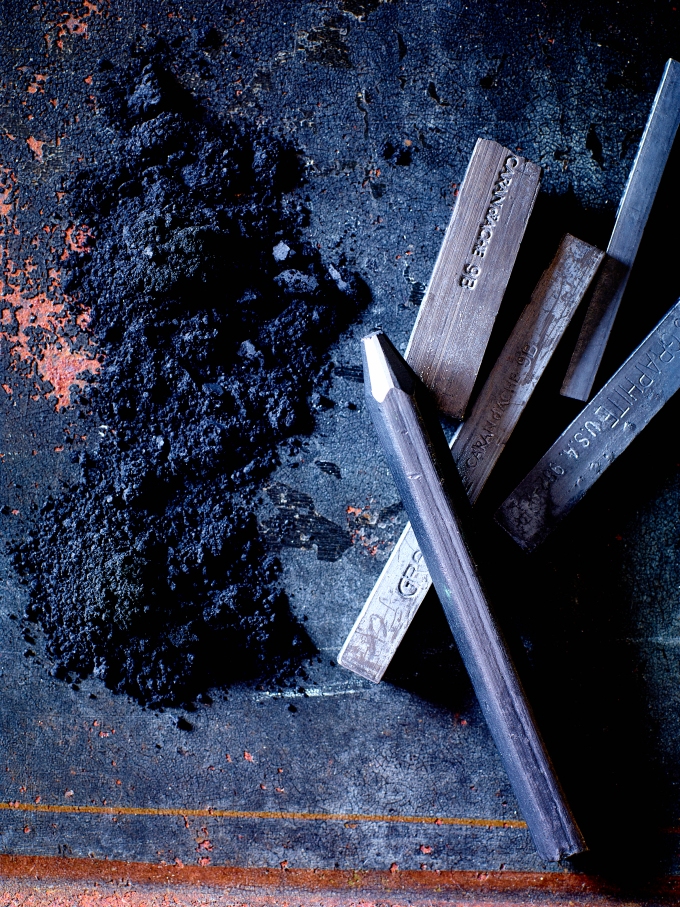
“For this project the subjective point of view was more important. That experience you get with wine tasting. I certainly appreciate wines; I am interested in any kind of art form. I talked to vintners about how they made their wines. They are like paintings, these wines.”
Food and drink are two of life’s great pleasures and experiences. The sensual textures, aromas, flavors, and colors of wine enhance its gustatory pleasure. Most oenophiles, or wine lovers, can describe flavors they enjoy; some might be fans of red wine, others favor whites with their lighter, crisper taste. The strict traditions of consumption, and appreciation, of wine may escape the average consumer, and are often seen as arcane and pretentious by the uninformed. This tome offers a chance to acquaint oneself with the components that make up this time-honored beverage and to be drawn into a deeper understanding of wine.
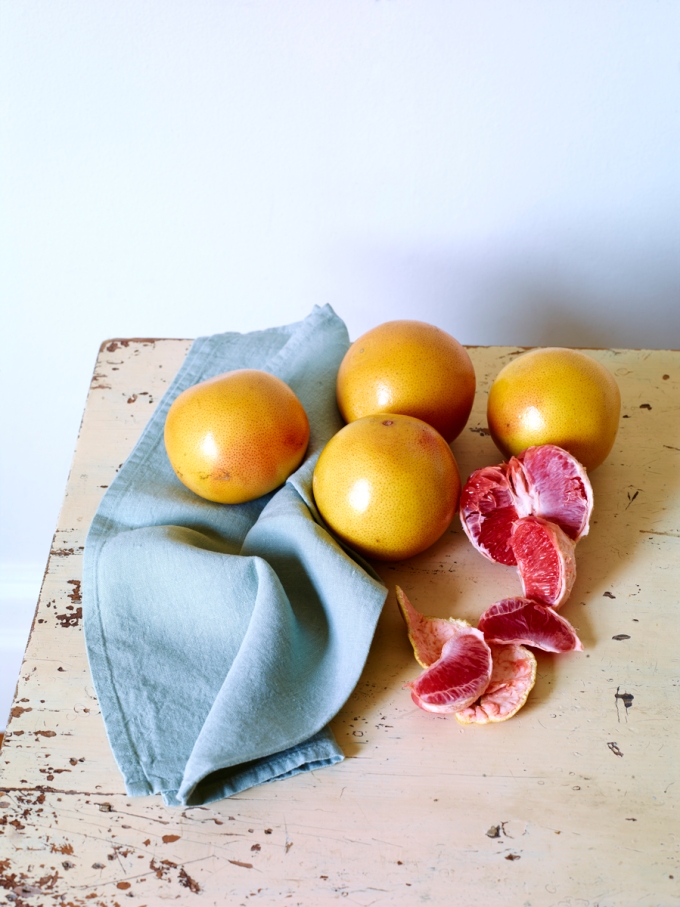
Using props, textures, and light, and never over styling, allows those natural elements, changes and differences to come into her work. “They are important. They are the subjective part that as an artist you want to bring in. As a human, as a woman— and as a huge consumer —I feel like I reflect a very appropriate point of view that works with the consumer market,” Beisch details.
“When I first started in commercial photography, as a fine artist I tried to challenge things. Why do all the labels have to be in focus? Why does the wine have to have no studio lighting reflections? Why can’t it be dappled, or highlighted? It seems more energetic and exciting, questioning those things,” she says.
When one discovers Beisch’s background, it’s no surprise that she challenges and examines conventional wisdom. Born in New York to a poet mother and creative director father who worked with photographic luminaries like Diane Arbus, Irving Penn, and Richard Avedon, she was encouraged to pursue photography. Her father’s work brought his family to London, and eventually back to the States. “He got a gig heading up an agency in the Boston area. My mom started going back to school at a Harvard extension,” Leigh says. Concord is where she grew up with stories and ideologies of nature and art.
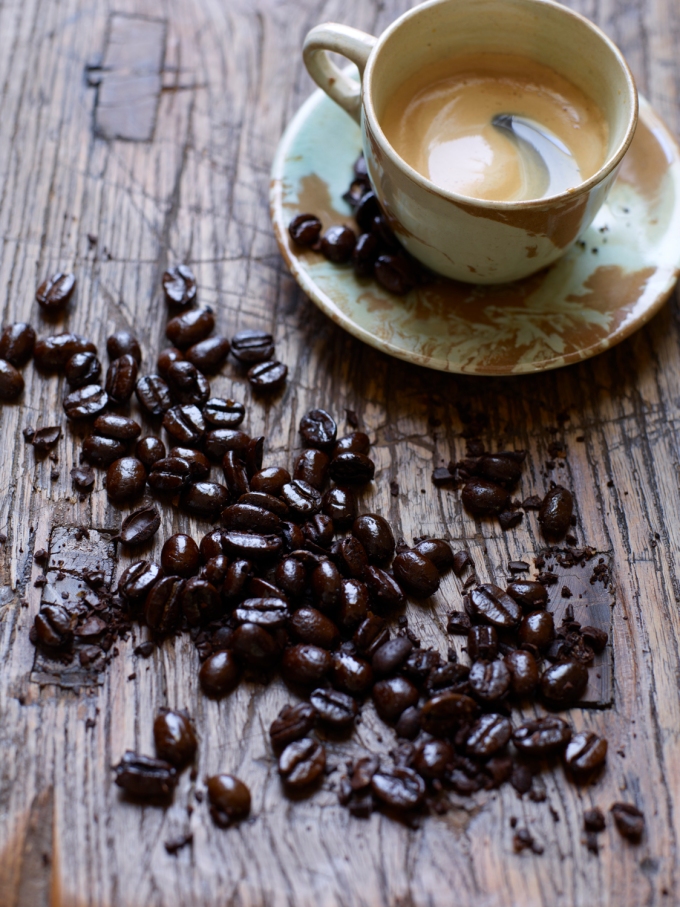
“My mother was writing poetry on her IBM Selectric in the dining room,” she remembers. “Hearing her always reading poetry aloud, brought us up in this world of seeing things in different ways—looking and savoring each thing around you, turning words into images and vice versa. “
David Williams, in his review of the book for The World of Fine Wine, lavished praise on Beisch’s photography: “The essays alone conjure a vivid sense of each flavor or scent. Combined with Beisch’s photos, the experience is gorgeously sensuous. A series of still lifes, they could so easily have become repetitive or have lapsed into the clichés of stock photography or an upper-end food-store catalog. But Beisch, while stamping the book with a recognizable signature, invests each image with its own personality, texture, and feel. Like the prose, they stand on their own. Together, they make for a highly original and pleasurable experience.”
The Essence of Wine isn’t a book you would take to the store to help you select wines for an important dinner party. It is a book you can cradle in your hands and peruse the way you would walk through a museum gallery, stopping to admire and study certain compelling paintings. Beisch’s preference for natural light shows to great advantage when focused on sensual still lifes of elements that fuse together to create wine, that elixir that has been celebrated in art, song, and poetry for millennia.
(The book is available from Blurb (www.blurb.com) for $75.)
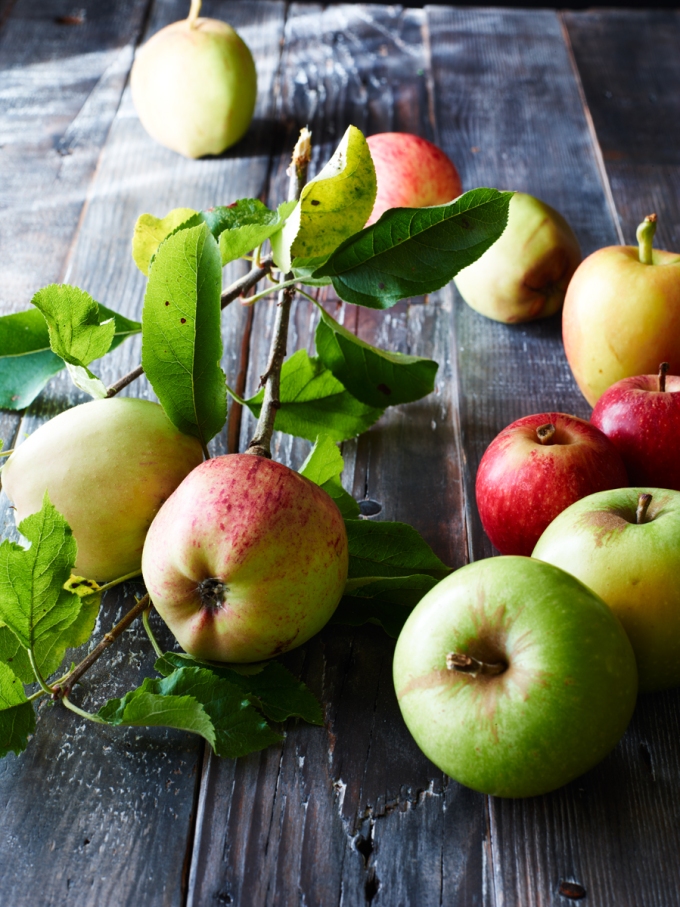





No comments:
Post a Comment